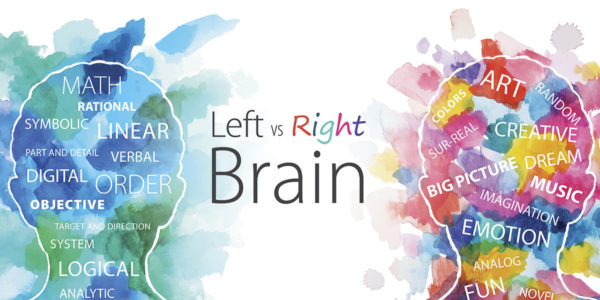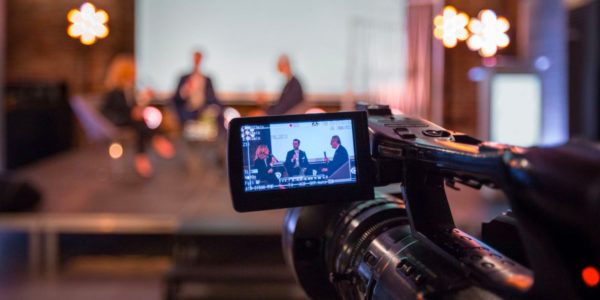As a brand and business marketing professional I see most CMO’s, Marketing VPs and Directors expected to seek opportunities to grow, bring brand visions and missions alive, create amazing target market experiences, connect purpose to business outcomes, utilize new technologies, and more.
There’s pressure to show results while acting as coach, quarterback, cheerleader, and analyst in order to meet these growth expectations. Most CMOs are responsible for functional areas that in the near past were never part of their job. This includes generative AI, creative innovation, e-commerce sales and more, and it is increasingly becoming more complex.
Marketers are now looking beyond the main business and toward pursuing growth opportunities, developing multiple partnerships, and building immersive experiences using entertainment, retail, social, events and environments. This is what we are increasing helping businesses to do.
In order to do this, we put on an investor hat to answer challenges in real-time, balance budgets, and address immediate goals all while future planning. According to McKinsey & Company (paraphrased), “CMOs recognize the importance of more rigorous marketing performance management, but significant gaps remain in building these capabilities…. Only 41 percent of surveyed marketing leaders rate their companies as mature in marketing performance measurement, and only 23 percent consider their companies to have developed the capabilities to provide personalized targeting well.”
Tech-enabled marketing is relatively new, but it’s where there is the biggest gap. It falls someplace between big potential and how much marketing professionals are actually using it. Old school methods are not satisfactory. This new demand expects technology to accelerate activities through detailed, data-propelled, customized-for-audience campaigns. Marketers are under pressure to look to gen AI as the answer to unlocking productivity, speed, and enhancing content creation and campaign execution. According to McKinsey, “Reality shows a 36-percentage-point gap in evaluating automation opportunities, a 30-percentage-point gap in crafting an AI strategy, and a 25-percentage-point gap in building gen AI capabilities.”
Looking from the outside in, I see more and more organizational silos being set to tasks. Different silos are duplicating work, running in a completely new direction and often never communicating with one another. The panic to stay ahead often causes leaders to throw projects at the untrained. If a junior employee or often intern understands how to use a particular technology, tasks are handed to them. There are also many redundant, multiple-layered decisions being made. These are brand degradation behaviors. We are often called in to fix the problem and offer strategic oversight, planning and help with fresh creative ideas using new technologies.
Future-readying marketing means creating structures that include all parts of an organization working together smoothly. Most of the respondents McKinsey interviewed did not believe that their companies have this structure in place. “Only 27 percent of consumer and retail marketing leaders report that their organizations have mature operating models with robust capabilities and distinctive talent and partnerships that enable them to deliver the most advanced marketing use cases.”
Sagon-Phior is a brand and business marketing agency for national and global organizations in technology, healthcare, financial services, lifestyle and non-profit categories. For more information, go to Sagon-Phior.com
Quotes and stats are from McKinsey & Company’s “Connecting for growth: A makeover for your marketing operating model.”









